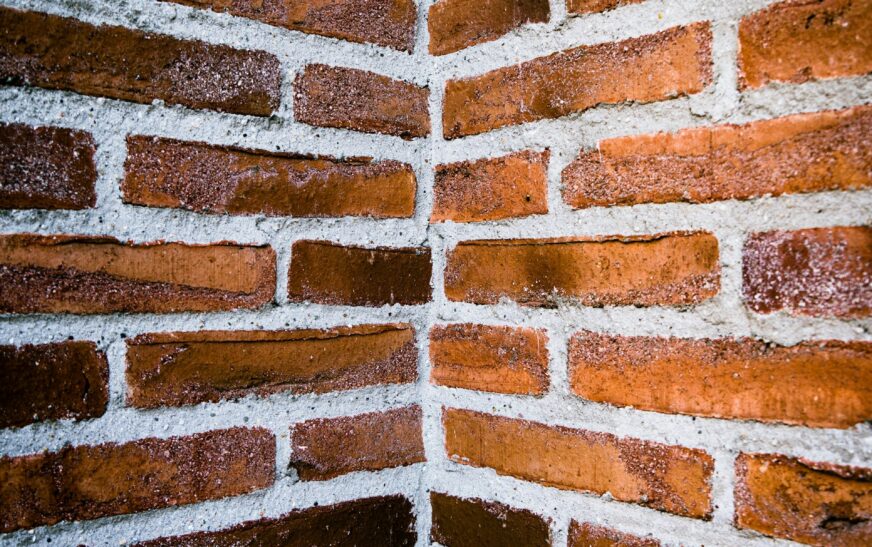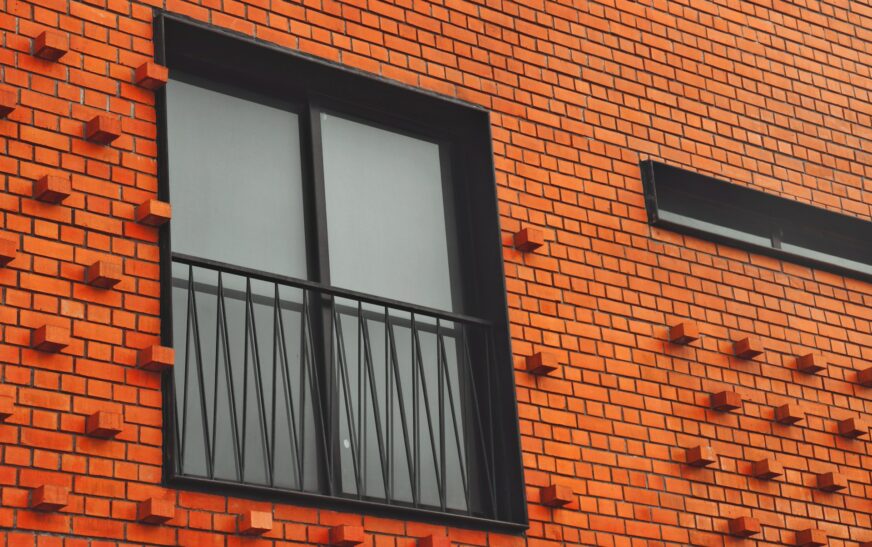Command Strips are the holy grail for renters, decorators, and DIY enthusiasts everywhere. Clean, easy, and (supposedly) damage-free—they make hanging things feel almost magical. But there’s one question that keeps popping up in forums, hardware stores, and home improvement chats:
Do Command Strips work on brick?
The short answer: not really, and definitely not reliably. But let’s dig a little deeper to see why—and explore your options if you really want to hang something without drilling.
How Command Strips Work
Command Strips use pressure-sensitive adhesive from 3M. On smooth, clean surfaces, they form a surprisingly strong bond that can hold lightweight objects like frames, hooks, or small shelves—all without nails, screws, or drills.
The best part? When removed properly, they leave no sticky residue behind. They love painted drywall, finished wood, tile, and metal—basically anything smooth.
Why Brick Makes Command Strips Nervous
Brick is not smooth. It’s rough, porous, and slightly rebellious. Here’s why it’s a tricky surface:
- Texture – Even the seemingly smooth brick has tiny crevices. That means incomplete contact with the adhesive, which weakens the bond.
- Dust and Crumbling – Bricks naturally shed tiny particles over time. Adhesive sticks to dust, not brick. Result: strips fall off.
- Porosity – Brick “breathes,” expanding and contracting with humidity and temperature changes. Adhesive doesn’t love a moving target.
Can Command Strips Work on Brick?
- Smooth, Painted Brick – Maybe
If your interior brick is painted and relatively smooth, Command Strips might hold lightweight items for a short while. Longevity? Still questionable. - Exposed or Rough Brick – Nope
Bare or textured brick doesn’t give adhesive enough to grip. Many users report strips peeling off within hours or days, especially in variable conditions.
Bottom line: Temporary success is possible, long-term reliability is not.
Alternatives That Actually Stick
If you want to avoid drilling, here are better options:
- Brick Clips – Metal clips grip brick edges without adhesive. Perfect for string lights, garlands, or lightweight décor—just make sure your mortar gaps are standard height.
- Construction Adhesives – Heavy-duty glue or epoxy works for permanent solutions. Warning: not removable without damage.
- Industrial Hook-and-Loop Strips – Some brands claim to stick to rough masonry. Mixed results, but better than standard Command Strips.
- Adhesive Putty or Tape – Good for temporary, lightweight items. Weight and weather limit effectiveness.
- Drill Strategically – If you’re okay with a more permanent solution, masonry hooks or anchors are the most reliable. Modern patch kits make it easier to reverse small changes, even in rentals.
Read More : What is Brick Molding on a Door? A Complete Homeowner’s Guide
When to Even Bother Trying
If you must test Command Strips on brick, stick to something light and non-valuable—a small sign, wreath, or lightweight decoration. High-traffic areas, outdoor walls, or anything heavy? Forget it. Your strip will likely quit before you get your money’s worth.
Brick and Command Strips: a story of unrequited love. Cute in theory, tricky in practice—but with the right alternatives, your decorations can still stick around without bringing the house down.










